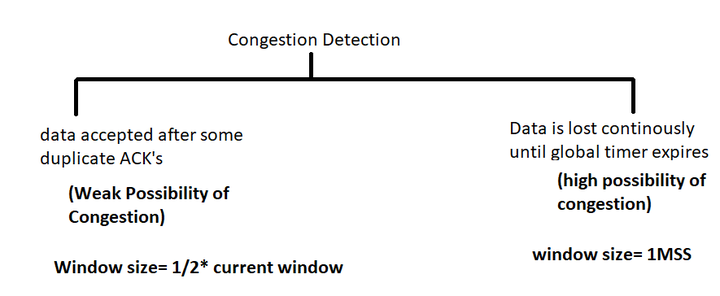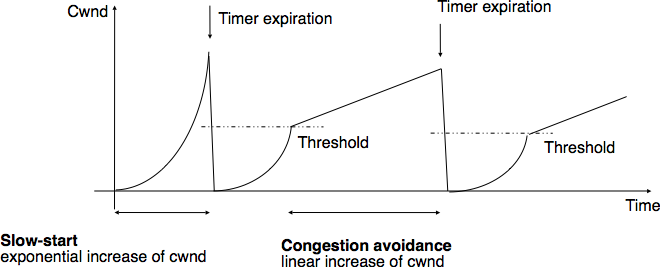Congestion Control Study Notes for GATE & Computer Science Engineering Exams
By BYJU'S Exam Prep
Updated on: September 25th, 2023

When one a part of the subnet becomes overloaded, congestions results. Because routers are receiving packet faster than they will forward them, one among the 2 must happen. The subnet must prevent additional packets form entering the congested region until those already present are often processed. The congested routers can discard queued packets to form room for people who are arriving.
Table of content

Traffic Shaping
- Another method to congestion control is to shape the traffic before it enters the network.
- It controls the rate at which packets are sent (not just how many). Used in ATM and integrated services networks.
- At connections setup time, the sender and carrier negotiate a traffic pattern (shape).
- Two traffic shaping algorithms are as follows
- Leaky Bucket
- Token Bucket
The Leaky Bucket (LB) Algorithm

Token Bucket (TB) Algorithm

- Slow start algorithm: In this phase, the size of the sender’s window will increase exponentially until it became equal to the threshold value of the congestion network. Afterwards, Congestion avoidance will be used.
- Congestion Avoidance Algorithm: Here the increase in sender window size is additive i.e., increase in window size is based on RTT value. It is also known as linear increase and additive increase.
- Congestion detection algorithm: It is also known as the multiplicative decrease algorithm as the window size is getting reduced. It works as follows:

The graph can be shown as:

You can follow the detailed champion study plan for GATE CS 2022 from the following link:
Detailed GATE CSE 2022 Champion Study Plan
Aspirants can also practice 110+ Mock tests for exams like GATE, NIELIT, ISRO with BYJU’S Exam Prep Test Series check the following link here:
Click Here to Avail GATE CSE Test Series!
Thanks
Sahi Prep Hai Toh Life Set Hai!!


